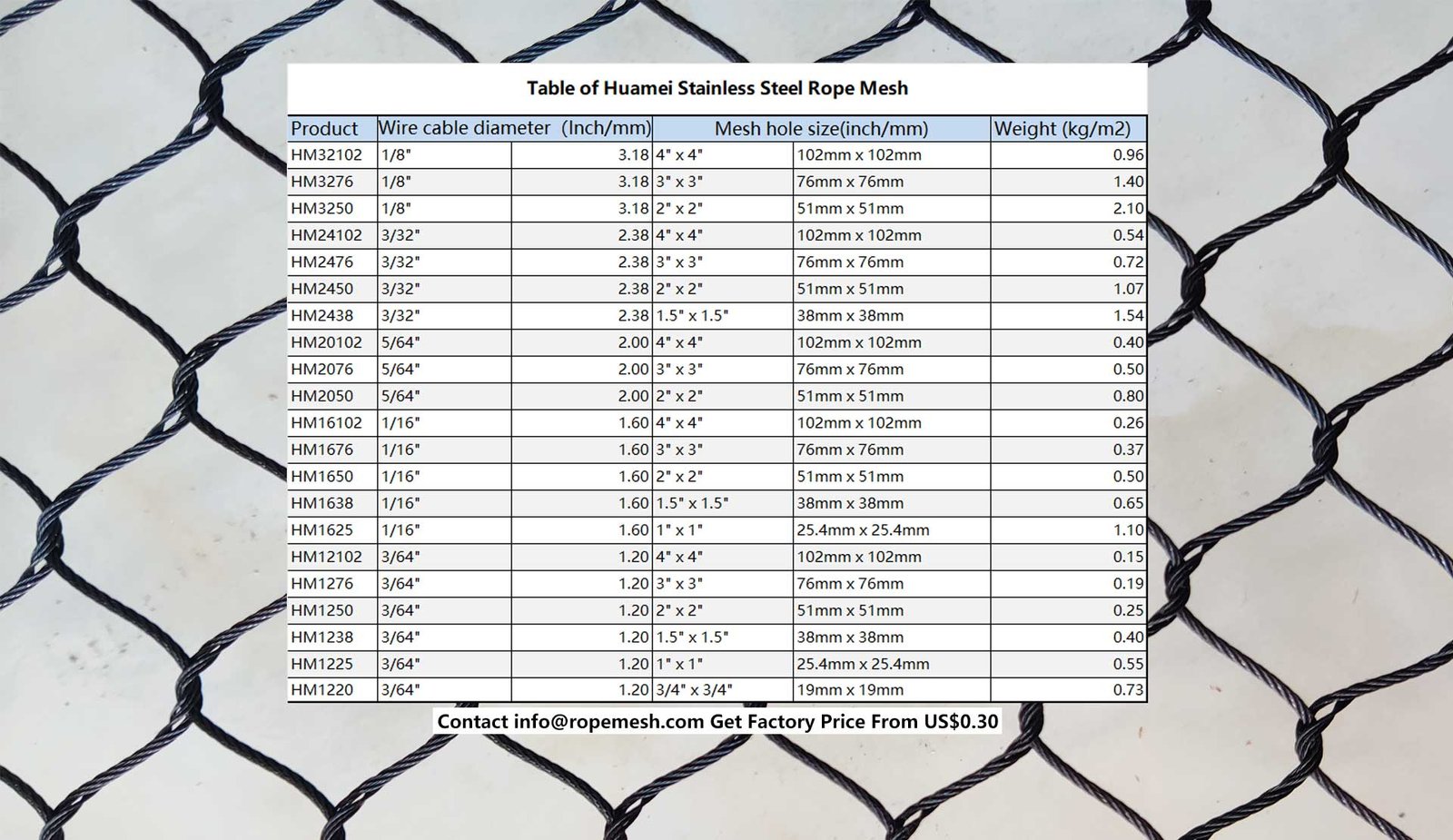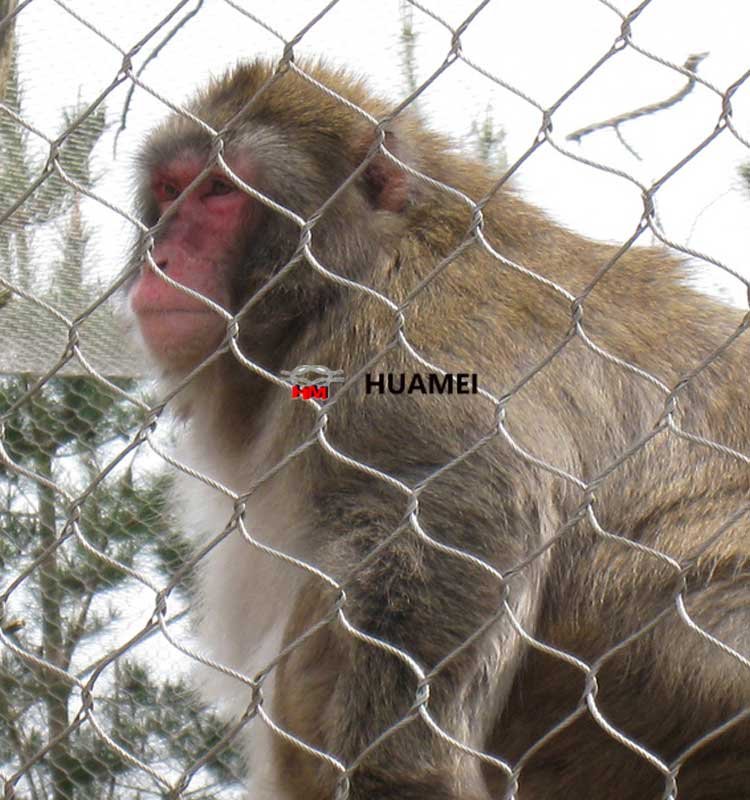Understanding Animal Behavior and Needs
Ethology: The Science of Animal Behavior
To create optimal zoo enclosures, it's essential to understand the behaviors and needs of the animals that will inhabit them. This is where ethology, the study of animal behavior, comes into play. By observing and analyzing animal behavior, we can gain valuable insights into their preferences, social interactions, and environmental requirements.
Natural Behaviors and Enrichment
Animals have evolved to exhibit specific behaviors in their natural habitats. These behaviors are essential for their physical and mental well-being. In zoo enclosures, it's crucial to provide opportunities for animals to engage in these natural behaviors. This can include activities like foraging, climbing, swimming, and social play.
Enrichment is a key strategy for stimulating animals' minds and bodies. It involves providing animals with a variety of activities, toys, and challenges that encourage them to explore, problem-solve, and interact with their environment. By incorporating enrichment into zoo enclosures, we can help prevent boredom and stress-related behaviors.
Species-Specific Needs
Every animal species has unique requirements when it comes to their living environment. For example, primates may need social interaction and climbing opportunities, while carnivores may require large spaces for hunting and stalking. Understanding these species-specific needs is essential for designing enclosures that meet the animals' physical and psychological requirements.
Social Behavior and Group Dynamics
Many animals are social creatures that thrive in groups. Understanding the social behavior and group dynamics of a species is crucial for creating appropriate enclosure configurations. For example, some animals may need to be housed in pairs or family groups, while others may prefer solitary living. Failure to consider social factors can lead to stress, aggression, and other behavioral problems.


